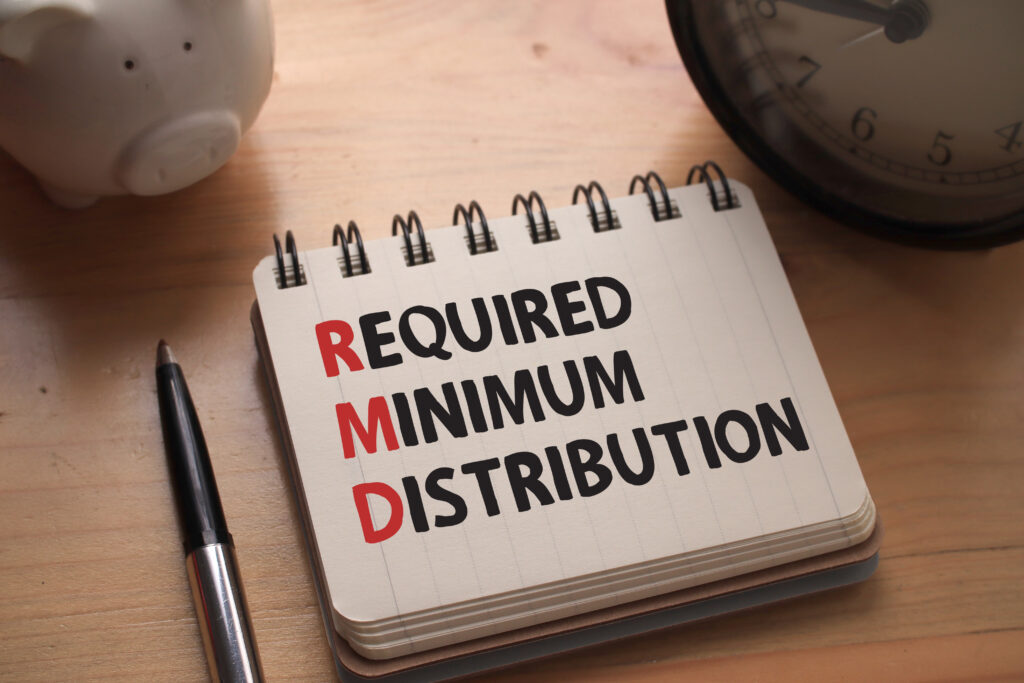Client Question: RMD Rules Now
September 27, 2023
It’s almost that time of year when you start to think “what was it that I needed to get done before 12/31 again?” – both on a personal and financial level. A popular item in the financial column is the processing of Required Minimum Distributions from pre-tax investment accounts.

We covered this question/topic in detail last July but after that publication, changes were made to the RMD rules under the SECURE Act 2.0. A client asked for clarification on the new RMD rules this week and as “RMD season” approaches, I thought it was worth revisiting this topic and the changes.
For a deep-dive into RMD basics
For all the information on what they are, how they are calculated, what accounts they apply to, and much more, please read our original post here (but take into account there were some changes since then, which are summarized below, so keep reading!)
Changes within SECURE Act 2.0
The Secure Act 2.0 was passed in the final hours of 2022 (as part of the spending bill) and made meaningful changes to retirement accounts. Included in those changes were updates to the RMD rules. Here were the changes (please note this is the legislation that currently applies – no further changes have been made as of the date of this post)
1.) RMD starting age delayed, and more to come– Starting on January 1, 2023, the RMD age was delayed to 73 (but if you had reached age 72 prior to that date, the RMD still applied). And in 2033, the RMD age will increase yet again to 75 (if you have yet to reach age 73 by that time that is).
2.) April 1 deadline in first year still applies – The first year exception still applies, whereby you have until April 1 of the year following the year in which you reach RMD age to take your first distribution. From then on out, RMDs must be taken by December 31st. As a result, many opt not to take this first-year exemption since it would result in a “doubling up” as two RMDs would be taken in year 2
3.) Penalty reduced– The penalty for failing to take RMDs in the past was 50% of the calculated amount. That was reduced to 25% if not corrected and 10% if corrected in a timely fashion
4.) No more Roth 401(k) RMDs – The act also eliminated the need to take RMDs from Roth 401k plans starting in 2024 (so you must still take one for 2023 if applicable)
As we noted in our first post, RMDs can be complicated and need to be carefully managed on many levels. We once again encourage you to work with your financial and tax advisors on this topic.
Note: All commentary above is as of the date of this post and is for education and informational purposes only. Windermere and its principals do not intend for this to serve as investment advice and are not responsible for any actions taken based on this article. Consult your financial advisor before taking any actions as it relates to your own investment portfolio
Leave a note